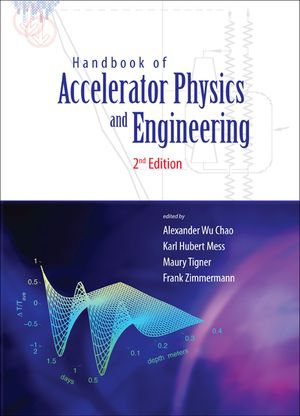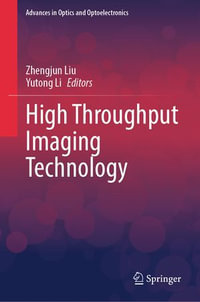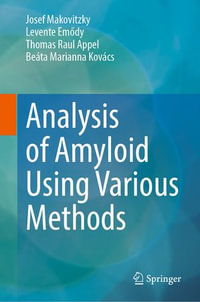
eTEXT
Handbook of Accelerator Physics and Engineering
eText | 25 March 2013 | Edition Number 2
At a Glance
eText
$103.40
Instant online reading in your Booktopia eTextbook Library *
Read online on
Not downloadable to your eReader or an app
Why choose an eTextbook?
Instant Access *
Purchase and read your book immediately
Read Aloud
Listen and follow along as Bookshelf reads to you
Study Tools
Built-in study tools like highlights and more
* eTextbooks are not downloadable to your eReader or an app and can be accessed via web browsers only. You must be connected to the internet and have no technical issues with your device or browser that could prevent the eTextbook from operating.
Edited by internationally recognized authorities in the field, this expanded and updated new edition of the bestselling Handbook, containing more than 100 new articles, is aimed at the design and operation of modern particle accelerators. It is intended as a vade mecum for professional engineers and physicists engaged in these subjects. With a collection of more than 2000 equations, 300 illustrations and 500 graphs and tables, here one will find, in addition to the common formulae of previous compilations, hard-to-find, specialized formulae, recipes and material data pooled from the lifetime experience of many of the world's most able practitioners of the art and science of accelerators.
The eight chapters include both theoretical and practical matters as well as an extensive glossary of accelerator types. Chapters on beam dynamics and electromagnetic and nuclear interactions deal with linear and nonlinear single particle and collective effects including spin motion, beam-environment, beam-beam, beam-electron, beam-ion and intrabeam interactions. The impedance concept and related calculations are dealt with at length as are the instabilities associated with the various interactions mentioned. A chapter on operational considerations includes discussions on the assessment and correction of orbit and optics errors, real-time feedbacks, generation of short photon pulses, bunch compression, tuning of normal and superconducting linacs, energy recovery linacs, free electron lasers, cooling, space-charge compensation, brightness of light sources, collider luminosity optimization and collision schemes. Chapters on mechanical and electrical considerations present material data and important aspects of component design including heat transfer and refrigeration. Hardware systems for particle sources, feedback systems, confinement and acceleration (both normal conducting and superconducting) receive detailed treatment in a subsystems chapter, beam measurement techniques and apparatus being treated therein as well. The closing chapter gives data and methods for radiation protection computations as well as much data on radiation damage to various materials and devices.
A detailed name and subject index is provided together with reliable references to the literature where the most detailed information available on all subjects treated can be found.
Contents:- Introduction
- Beam Dynamics
- Electromagnetic and Nuclear Interactions
- Operational Considerations
- Mechanical Considerations
- Electrical Considerations
- Subsystems
- Radiation Effects and Protection
Readership: Physicists, engineers and practitioners in accelerator science.
Read online on
ISBN: 9789814415866
ISBN-10: 9814415863
Published: 25th March 2013
Format: ePUB
Language: English
Number of Pages: 848
Publisher: World Scientific Publishing
Edition Number: 2























